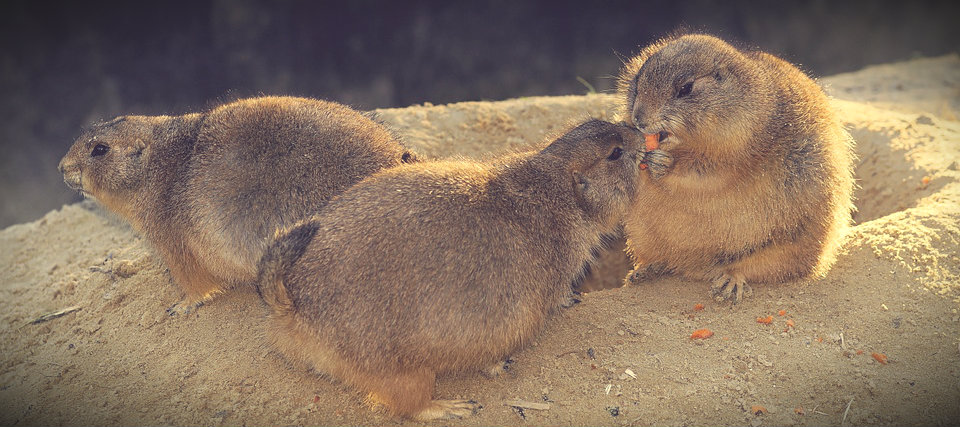Intro to NRES 470/670

Summary
In this class we will explore key concepts of population ecology and how these concepts can be applied to real-world systems to support and improve wildlife conservation and management. To take this course you should already have a basic grounding in the field of ecology (e.g., BIOL 314, NRES 217) and you should already have taken Wildlife Ecology and Management (NRES 310). NRES 470/670 is meant to be a bridge between NRES 310 and NRES 488 (Dynamics and Management of Wildlife Populations), in which you will learn to fit wildlife population models to data in R. This class is also closely allied with NRES 421 (Conservation Biology), in that we learn and apply one of the most important tools used by conservation biologists and wildlife managers – population viability analysis (PVA)!
Syllabus:
First let’s take a quick walk through the online syllabus:
NOTE: you can download a printable PDF version of the syllabus here
Textbook
The course textbook is “A Primer of Ecology” by Nick Gotelli. You can purchase the textbook new or used on Amazon. Previous editions (especially 3rd edition) are acceptable as well. All other readings will be posted on WebCampus.
Software
Skills with specialized software and computer programming are critical in modern-day conservation biology and wildlife management. In this class, you will gain familiarity with computer programming and model building in InsightMaker, R, and spreadsheet software (e.g., Excel, Google Sheets). I hope by the end of this class you will understand how powerful and useful these tools can be – and not just for population ecology!
See the links page for some useful references (I will post more links shortly, including some R tutorials!).
In-class activities
This semester I will provide lecture materials, videos and readings prior to our class meetings. Most class periods will be devoted to discussion and hands-on modeling exercises (mini-labs) to give everyone a chance to apply the population ecology concepts from lectures and readings. Many class periods will also include short Top Hat questions (discussion questions, multiple choice, etc), mostly to give me feedback about what concepts might need more reinforcing. Your responses to these questions will also help inform your participation score. NOTE: you will not be penalized for incorrect responses in Top Hat!
Out-of-class activities
To make the most of this course, you will need to devote significant time outside of class on:
- Studying assigned readings (see the
schedule) and online lecture materials (this website)
- Finishing any problems/exercises you didn’t complete during class
- Completing lab activities
- Working on your final group projects.
Final projects
It is never too early to start thinking about final project ideas and datasets. For the final projects, you will work in small groups to perform a population viability analysis (PVA) to assess conservation or management actions for a species of conservation concern (species of your choice!). Start thinking about what species you might be interested in modeling, and what conservation and management strategies you might want to test!
Making up classes and labs
Lectures and laboratory exercises will be posted online in enough detail to complete and study on your own time. BUT, much of the benefit of this course will come from interactions with peers and the instructor during class and lab periods and I expect you to be a full participant in this class. Please let me know in advance if you need to miss class for any reason.
Please help to make this class better!
I need your frequent and honest feedback in order to make sure that the level and pace are appropriate! Please don’t hesitate to provide constructive suggestions for improving this class!
Introductions
Please take the time to introduce yourself in more detail on WebCampus – I posted a question on the discussion board.